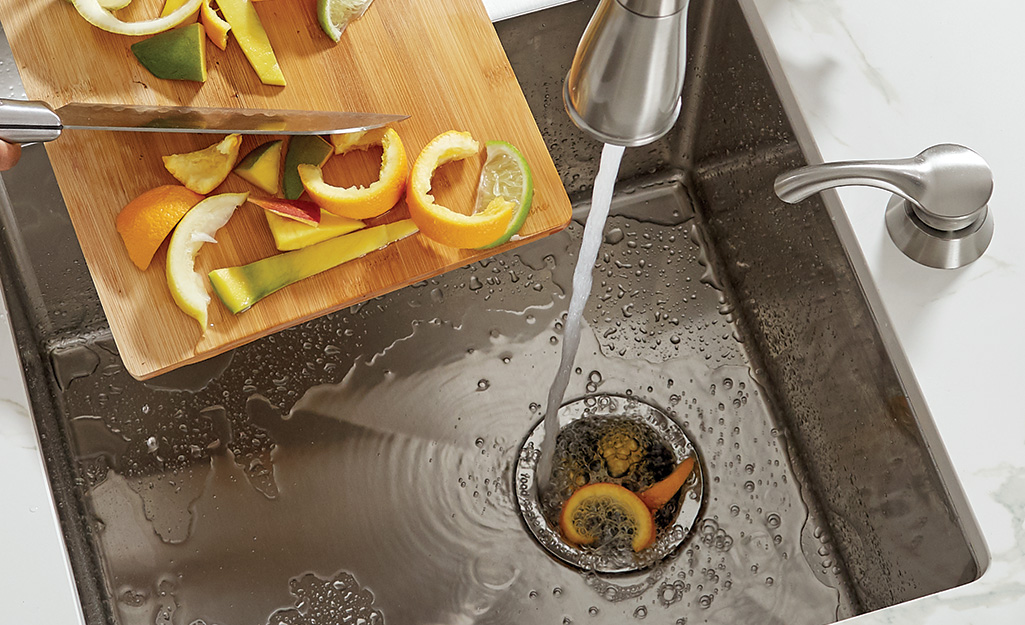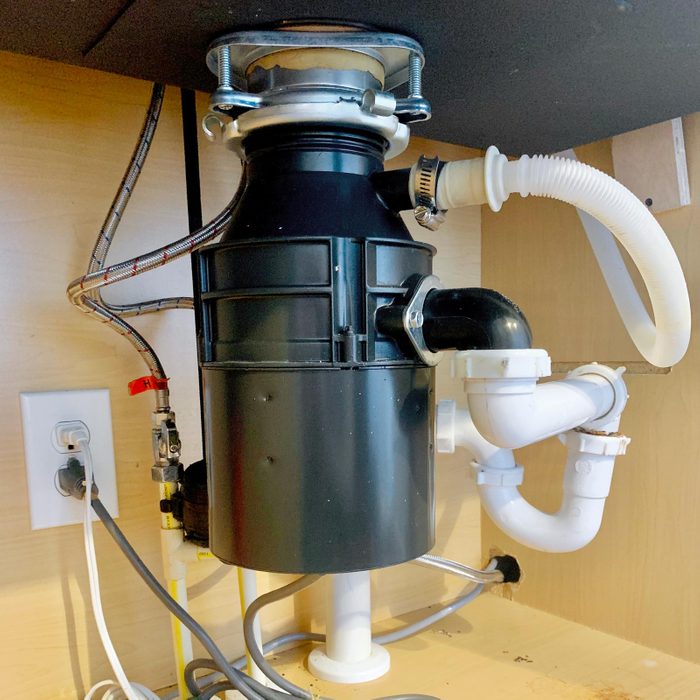The Guide to Resolving a Leak in Your Garbage Disposal
The Guide to Resolving a Leak in Your Garbage Disposal
Blog Article
This great article listed below involving The Handy Guide To Fixing Your Garbage Disposal Leaking is pretty much entertaining. You should see for yourself.

Waste disposal unit are important kitchen appliances that help in disposing of food waste efficiently. Nevertheless, a dripping garbage disposal can be a discouraging and messy trouble to handle. The good news is, numerous leakages can be fixed quickly with a few basic steps. In this short article, we will review just how to take care of a dripping garbage disposal successfully.
Introduction
Waste disposal unit are mounted under kitchen sinks and are developed to shred food waste into smaller sized items, allowing it to travel through the pipes system quickly. While these tools are typically trusted, leakages can take place gradually as a result of wear and tear, loosened links, or damage to the unit.
Step-by-Step Guide to Taking Care Of a Dripping Waste Disposal Unit
Switch off the Power
Before attempting any kind of repair work, make sure that the power to the waste disposal unit system is shut off to avoid the threat of electric shock.
Find the Leakage
Recognize the precise area of the leakage and figure out the cause
Tighten up Links
Use a wrench to tighten up any loosened connections in between the disposal system and the plumbing system.
Replace Seals or Gaskets
If the leak is due to used seals or gaskets, eliminate the old parts and replace them with brand-new ones.
Patching Cracks or Openings
For splits or openings in the disposal device, usage epoxy or an appropriate patching product to seal the broken area.
Determining the Resource of the Leakage
Prior to trying to take care of a leaking waste disposal unit, it is vital to recognize the resource of the leakage. This can normally be done through aesthetic inspection or by carrying out straightforward tests.
Visual Inspection
Evaluate the waste disposal unit system carefully for any kind of indicators of water leak. Pay very close attention to locations around seals, gaskets, and link points.
Examining for Leaks
One method to evaluate for leaks is by running water via the disposal device and looking for any type of noticeable indicators of leakage.
Usual Sources Of Leaks in Waste Disposals
Worn Seals and Gaskets
Seals and gaskets play a crucial function in protecting against water from dripping out of the garbage disposal. Over time, these components can degrade, leading to leakages around the disposal device.
Loose Connections
The connections between the garbage disposal and the pipes system can come to be loosened with time, creating water to leak out throughout procedure.
Cracks or Openings in the Disposal Unit
Physical damages to the garbage disposal, such as fractures or holes in the housing, can additionally result in leaks.
Devices and Products Needed for Fixing a Dripping Garbage Disposal
Prior to beginning the repair service procedure, gather the necessary devices and materials, consisting of a screwdriver, adjustable wrench, plumbing professional's putty, replacement seals or gaskets, and epoxy or patching product for repairing splits or holes.
Testing the Waste Disposal Unit After Repair Work
As soon as the fixing is full, evaluate the waste disposal unit by running water with it to make sure that the leakage has been resolved.
Preventive Maintenance Tips to Avoid Future Leakages
To prevent future leakages, it is essential to execute routine maintenance on your garbage disposal. This includes maintaining it clean, preventing putting non-food products or tough things down the disposal, and periodically checking for leaks or other concerns.
Verdict
To conclude, fixing a dripping garbage disposal is a relatively simple process that can be completed with standard devices and materials. By complying with the steps detailed in this write-up and exercising precautionary upkeep, you can keep your waste disposal unit in good working condition and avoid costly repair services in the future.
HERE’S HOW TO FIX YOUR GARBAGE DISPOSAL
WHAT TO DO IF SOMETHING IS STUCK IN YOUR GARBAGE DISPOSAL
If the impeller won’t turn, there’s probably something stuck in the disposal. It could be a steak bone or peach pit, although plumbers report pulling all sorts of inappropriate objects out of disposals, such as bottle caps or aluminum foil. Make sure power to the disposal is off, and look inside to see if you can see the source of the jam.
Never stick your fingers in a disposal. Pull out anything you see with tongs or pliers.
If the disposal still won’t work, it may be time to call a plumber or consider buying a new disposal. GEM Plumbing & Heating is here for all of your garbage disposal needs.
WHAT TO DO IF YOUR GARBAGE DISPOSAL DRAIN IS CLOGGED
Take everything out from underneath your sink and put a bucket or other container under your disposal to catch any water that drains out. Disconnect your disposal from the power supply. If it’s plugged into a wall outlet, unplug it. If it’s hardwired into an electrical box, go to the electrical panel and turn off the breaker for the disposal. Pour ¼ cup of baking soda into the drain, followed by ½ cup of white vinegar. Give the solution a few minutes to fizz and do its work. Look into the disposal with a flashlight to see if you can see an object that might be causing the clog. If you see it, remove it using tongs or pliers. MORE TIPS ON DEALING WITH A CLOGGED GARBAGE DISPOSAL
Never use drain cleaner in a garbage disposal. It can damage the plastic parts inside the disposal. You can also be splashed with the caustic liquid while working to clear the clog. Beware! Never stick your fingers into a garbage disposal. Trust us — not a good idea. In many instances, your dishwasher drains through your garbage disposal. This allows the disposal to grind any large food particles that may be drained out of your dishwasher. There are some jurisdictions, however, where the plumbing code prohibits such a connection. WHAT TO DO WHEN YOUR DISHWASHER DRAINS THROUGH THE DISPOSAL
Run some water in the sink so your plunger has at least a ½-inch of water to create a seal and plunge vigorously up and down several times. You may need to repeat this several times. Run hot water down the drain to clear any residue that remains.

Do you really like reading about Why Is ? Post feedback directly below. We'd be pleased to find out your opinion about this write up. In hopes that you visit us again later on. Are you aware of anybody else who is excited by How to fix a pretty consistent leak from my garbage disposal? Feel free to promote it. Thank-you for your time spent reading it.
Visit Our Site Report this page